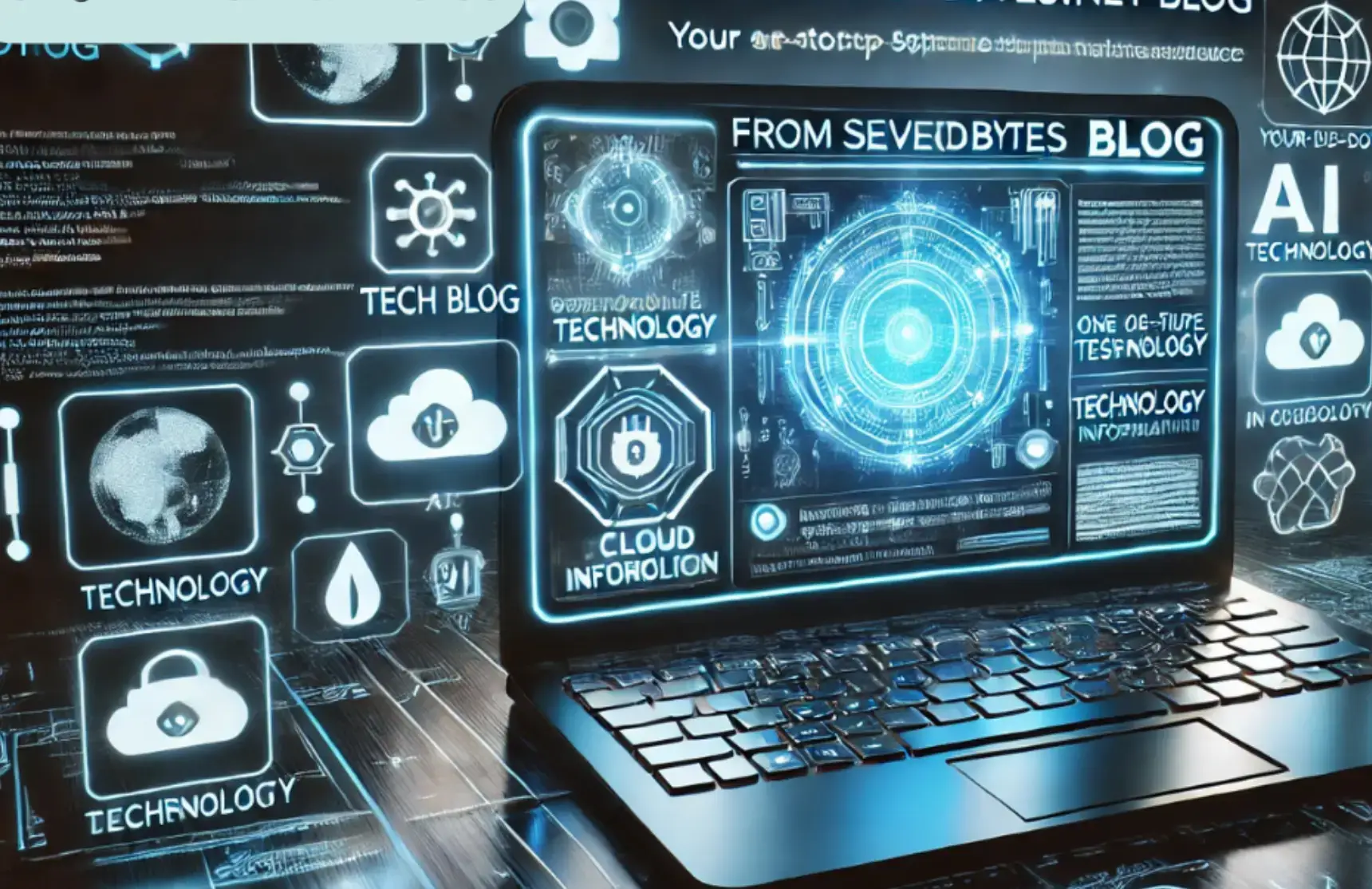
Exploring What Is Cybersecurity in the Modern Digital World?
There are 4 major types of cybersecurity—network, cloud, application, and information security. To protect your data in today’s digital world, you need strong passwords, two-factor authentication, updated software, and awareness of phishing attacks. Cybersecurity isn’t just for tech experts—everyone should take steps to secure their digital presence.
Table Of Content
- Introduction
- Key Types and Importance of Cybersecurity in 2025
- Defining Cybersecurity in Simple Terms
- The Core Pillars of Cybersecurity
- Common Types of Cyber Threats in the Modern Era
- Key Elements of Cybersecurity in Practice
- The Business Impact of Cybersecurity Lapses
- Cybersecurity in the Digital Ecosystem
- Emerging Cybersecurity Trends in the Modern World
- Challenges Organizations Face in Cybersecurity
- Best Practices for Stronger Cybersecurity
- Industry-Specific Cybersecurity Needs
- The Future of Cybersecurity in a Digital World
- Conclusion
- FAQs
Introduction
The digital-first economy has brought extraordinary opportunities for businesses and individuals, but it has also opened the door to a growing wave of cyber threats. From large-scale ransomware campaigns targeting global corporations to highly targeted phishing attempts on small and mid-sized enterprises, no organization is immune.
Digital transformation has expanded the attack surface. Cloud adoption, SaaS applications, and the rise of remote work have increased entry points for malicious actors. Meanwhile, connected devices through the Internet of Things (IoT) have created even more vulnerabilities that attackers can exploit.
Cybersecurity is no longer just a technical consideration handled by IT teams; it is a business-critical issue. For modern enterprises, robust cybersecurity is tied directly to resilience, trust, and long-term growth.
In today’s internet-driven society, cybersecurity plays a crucial role in protecting sensitive information, both personally and professionally. From banking and shopping to work emails and social media, almost every aspect of life now takes place online. This makes individuals, businesses, and governments more vulnerable to cyberattacks than ever before. Understanding cybersecurity isn’t optional anymore—it’s essential for digital survival.
Key Types and Importance of Cybersecurity in 2025
- Network Security: Defends against intrusions in internal networks using firewalls, VPNs, and encryption.
- Application Security: Protects apps from threats through regular updates, secure coding, and testing.
- Cloud Security: Secures cloud-stored data via access controls, identity management, and encryption.
- Information Security: Ensures data integrity and privacy using backup solutions and access control policies.
- Endpoint Security: Safeguards individual devices like smartphones and laptops through antivirus and EDR tools.
Defining Cybersecurity in Simple Terms
At its core, cybersecurity is the practice of protecting digital systems, data, applications, and networks from unauthorized access or damage. It safeguards businesses and individuals from theft, sabotage, and disruption caused by cyberattacks.
The primary goal of cybersecurity is to protect digital assets, ensuring that sensitive information remains confidential, accurate, and available when needed. Unlike general IT security, which focuses on system reliability and efficiency, cybersecurity specifically addresses malicious threats targeting technology environments.
The Core Pillars of Cybersecurity
Cybersecurity is often described through three main pillars known as the CIA triad:
- Confidentiality: Ensuring sensitive information is only accessible to those authorized to use it.
- Integrity: Preventing data tampering or unauthorized changes, thereby maintaining trust in the accuracy of digital assets.
- Availability: Keeping systems and data accessible when needed, even during attempted attacks or unexpected disruptions.
These principles form the foundation for security policies, tools, and strategies in every modern enterprise. For decision-makers, the question arises: What is cybersecurity for business protection? It is the framework of layered defenses, processes, and technologies that enable organizations to protect themselves against cyber threats while supporting daily operations.
Common Types of Cyber Threats in the Modern Era
The modern digital landscape exposes organizations to a variety of threats, each with unique risks:
- Malware and Ransomware: Malicious software can encrypt or steal data, halting operations until a ransom is paid.
- Phishing and Social Engineering: Attackers exploit human error through deceptive emails, messages, or calls to steal credentials.
- Insider Threats: Employees or contractors can intentionally or accidentally expose sensitive systems.
- Cloud Misconfigurations and API Exploits: Errors in cloud setups or insecure APIs provide attackers with easy entry points.
- Advanced Persistent Threats (APTs): Sophisticated, long-term campaigns often backed by organized groups to compromise critical systems.
Key Elements of Cybersecurity in Practice
Effective cybersecurity requires multiple layers of defense working together. Essential components include:
- Firewalls and Intrusion Prevention Systems (IPS) to block unauthorized access.
- Encryption technologies that secure data in transit and at rest.
- Identity and Access Management (IAM) with multi-factor authentication to verify user access.
- Endpoint protection and monitoring tools to defend laptops, mobiles, and IoT devices.
- Security Information and Event Management (SIEM) platforms to provide real-time visibility and centralized control.
The Business Impact of Cybersecurity Lapses
The consequences of failing to secure systems go far beyond temporary disruptions. Financial losses from ransomware payments, regulatory fines, and recovery efforts can be devastating. Downtime directly impacts productivity and customer experience.
Reputational harm is equally significant. Once trust is broken, businesses often struggle to rebuild customer confidence. Regulatory frameworks such as GDPR, HIPAA, and PCI DSS impose strict penalties for non-compliance, making cybersecurity a legal obligation as much as a technical one.
Cybersecurity in the Digital Ecosystem
As organizations embrace cloud computing, SaaS platforms, and interconnected digital ecosystems, cybersecurity becomes even more vital. Businesses rely on APIs to connect applications and services, but insecure APIs remain prime attack vectors.
IoT devices, from smart sensors to industrial equipment, expand the attack surface. Securing these devices is challenging due to limited built-in security features. For hybrid and remote work models, cybersecurity ensures that employees can collaborate securely without introducing risks through personal or unsecured devices.
Emerging Cybersecurity Trends in the Modern World
The future of cybersecurity is being shaped by advanced technologies and evolving strategies:
- Artificial Intelligence helps identify anomalies and predict attacks before they cause damage.
- Blockchain is increasingly applied to enhance supply chain transparency and secure identity systems.
- Zero Trust Security emphasizes “Never trust, always verify,” ensuring users and devices are continuously authenticated.
- Quantum-Safe Encryption is being developed to defend against potential quantum computing threats.
For more insights into how emerging technologies impact business resilience, resources like World Economic Forum and CSO Online provide valuable research.
Challenges Organizations Face in Cybersecurity
While technologies are advancing, organizations face significant barriers:
- A shortage of skilled professionals makes it difficult to build and maintain robust security teams.
- Complex infrastructures spanning hybrid and multi-cloud environments increase the difficulty of monitoring and control.
- Striking the right balance between usability and security remains a constant challenge.
- Budget limitations often hinder small and mid-sized businesses from deploying enterprise-level defenses.
Best Practices for Stronger Cybersecurity
To build resilience, organizations should adopt a layered, proactive defense approach. This includes regular patching and vulnerability management to reduce risks from outdated systems.
Risk assessments and penetration testing uncover weaknesses before attackers exploit them. Zero Trust strategies enforce least-privilege access, ensuring users only access what they need. Continuous monitoring supported by AI and employee training creates a culture of security awareness.
Industry groups such as the NIST Cybersecurity Framework provide structured best practices to guide organizations.
Industry-Specific Cybersecurity Needs
Cybersecurity strategies must also be tailored to industry requirements:
- Finance requires fraud prevention, secure digital transactions, and regulatory compliance.
- Healthcare needs to safeguard patient data and connected devices while enabling telehealth.
- Retail must secure e-commerce systems, customer data, and POS platforms.
- Manufacturing requires protection for IoT and operational technology systems that drive production.
The Future of Cybersecurity in a Digital World
The next generation of cybersecurity will see increased automation and AI-driven defenses, allowing systems to adapt in real time. Public-private partnerships will strengthen efforts to combat global cybercrime.
Compliance will continue to evolve as data privacy becomes a central issue worldwide. Ultimately, cybersecurity will not just protect businesses but enable innovation, resilience, and growth in digital economies.
Conclusion
Cybersecurity in the modern digital world is about more than defending against attacks; it is a strategic enabler of trust, resilience, and growth. From protecting data and systems to ensuring compliance and customer confidence, cybersecurity must be woven into every aspect of digital transformation.
Enterprises, governments, and individuals alike must view cybersecurity not as an optional safeguard but as a fundamental business priority.
FAQs
1. What is the difference between cybersecurity and IT security?
Cybersecurity specifically focuses on defending against malicious digital threats, while IT security addresses the overall reliability, integrity, and availability of information technology systems.
2. Can small businesses afford enterprise-level cybersecurity solutions?
Yes, scalable and cloud-based solutions allow small and mid-sized businesses to adopt enterprise-grade protection without significant upfront investment.
3. How does cybersecurity protect against ransomware?
Cybersecurity tools such as firewalls, endpoint protection, and continuous monitoring help block ransomware before it enters networks. Backup and disaster recovery planning further ensure business continuity even in the event of an attack.





